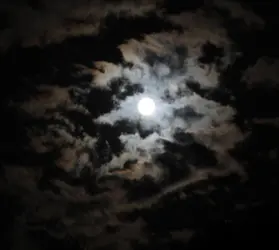pocketshaver
TPF Noob!
- Joined
- May 5, 2019
- Messages
- 214
- Reaction score
- 23
- Can others edit my Photos
- Photos NOT OK to edit
- Banned
- #16
yep. was out about 10 am playing with by ftb and a 100-300 zoom and well saw the moon and took a few shots. Not sure how well I zoomed in, but hey it was a lark.wait for daytime, early morning moon is fun. Have a few on a roll I need to develop.
You are using film?
You making fun of film ?

 Untitled
Untitled








![[No title]](/data/xfmg/thumbnail/30/30885-2764c7a15a288ed06f3903d3a2756832.jpg?1734158890)

